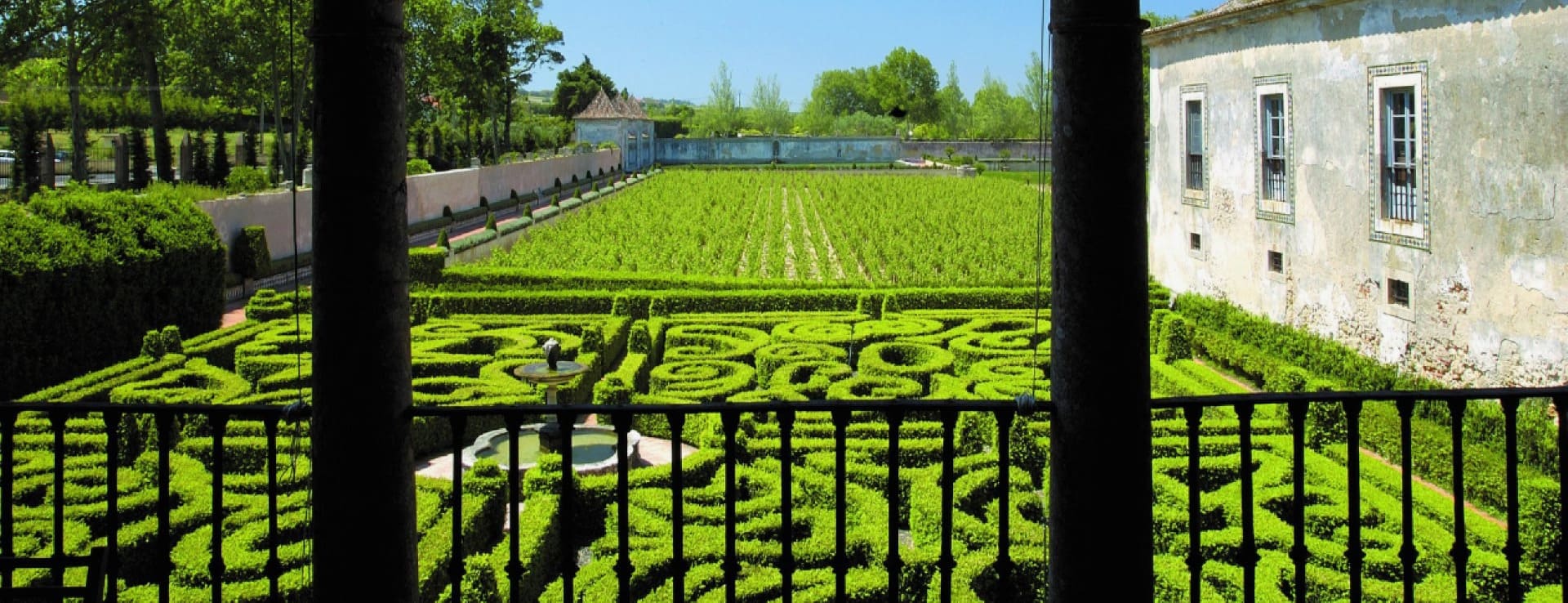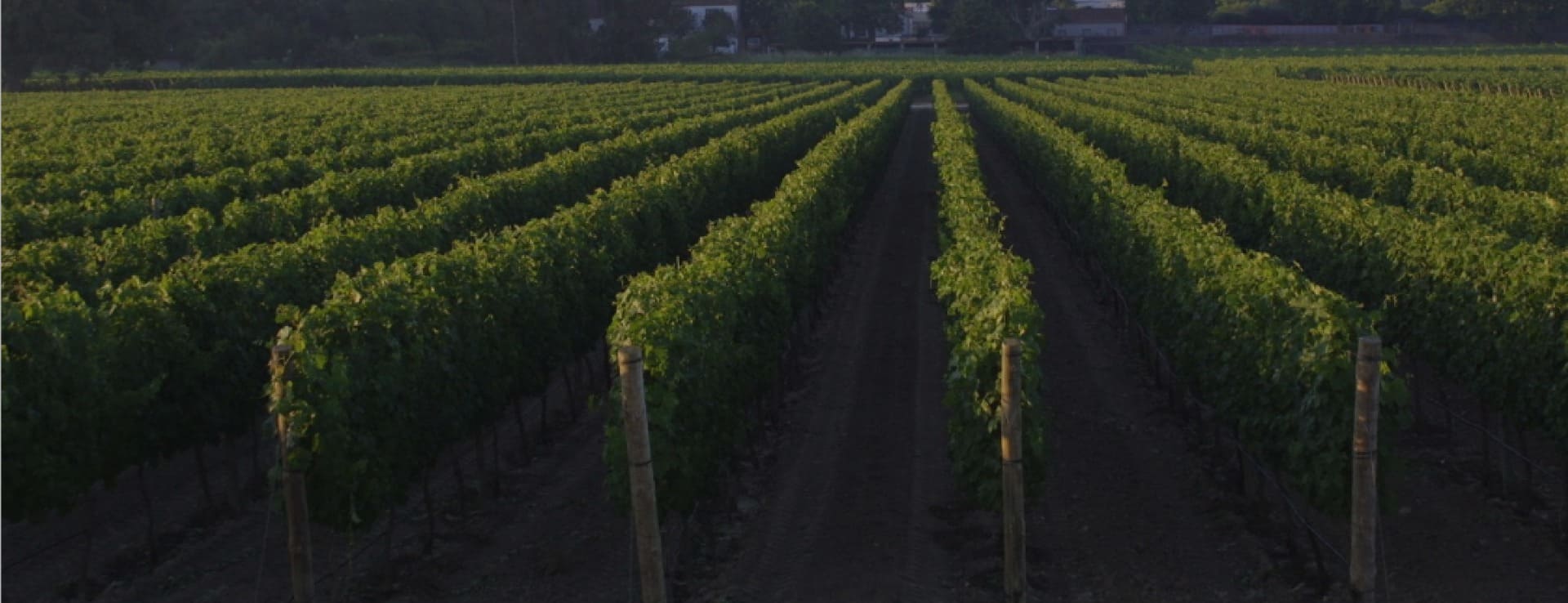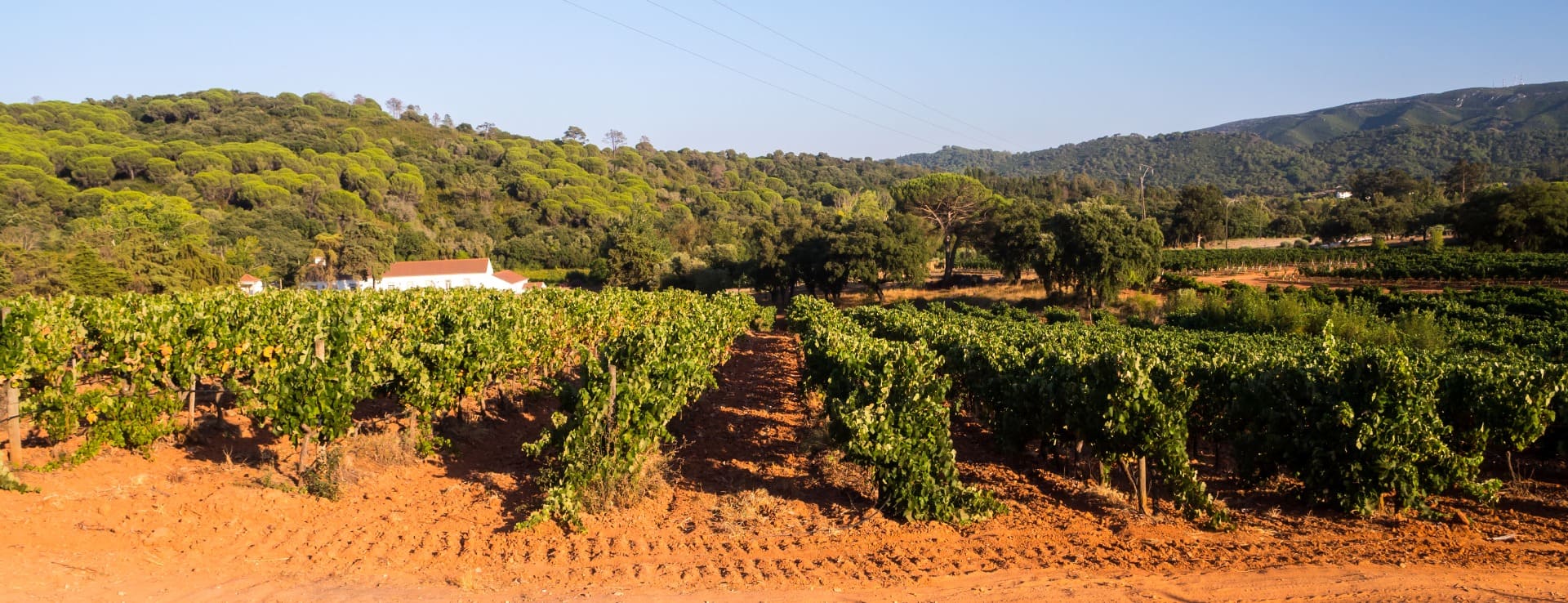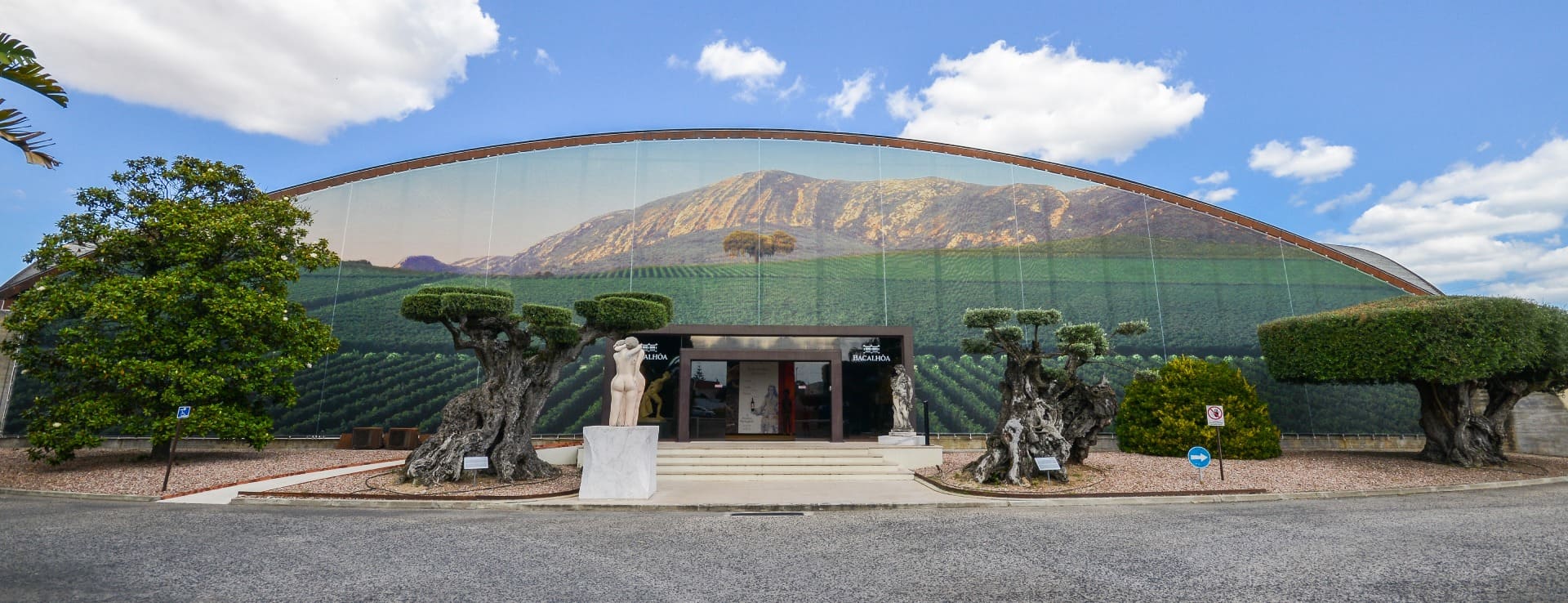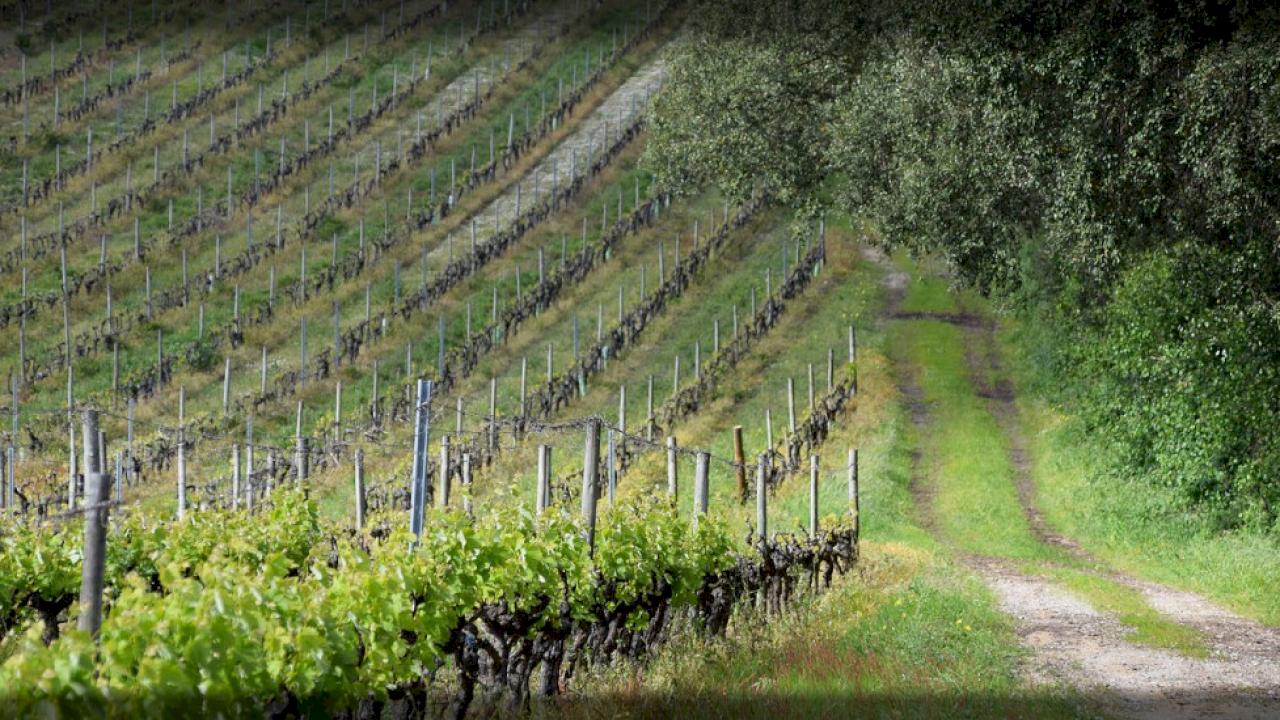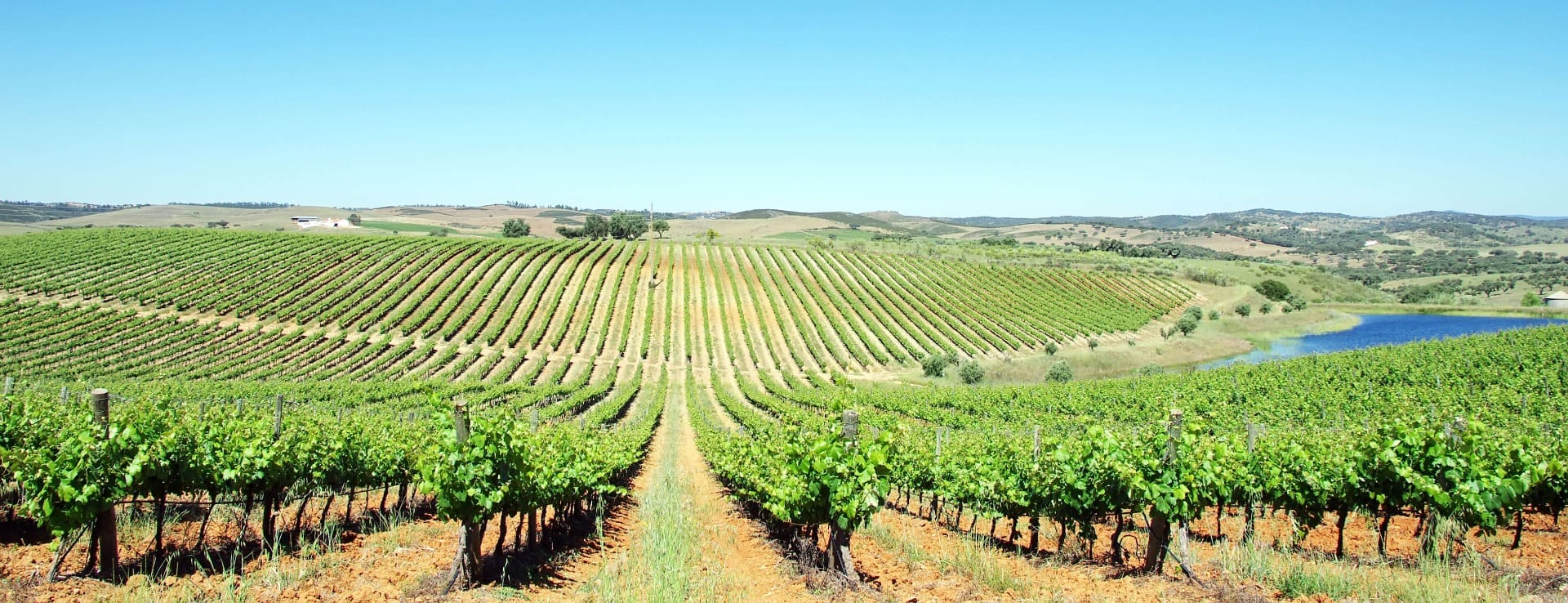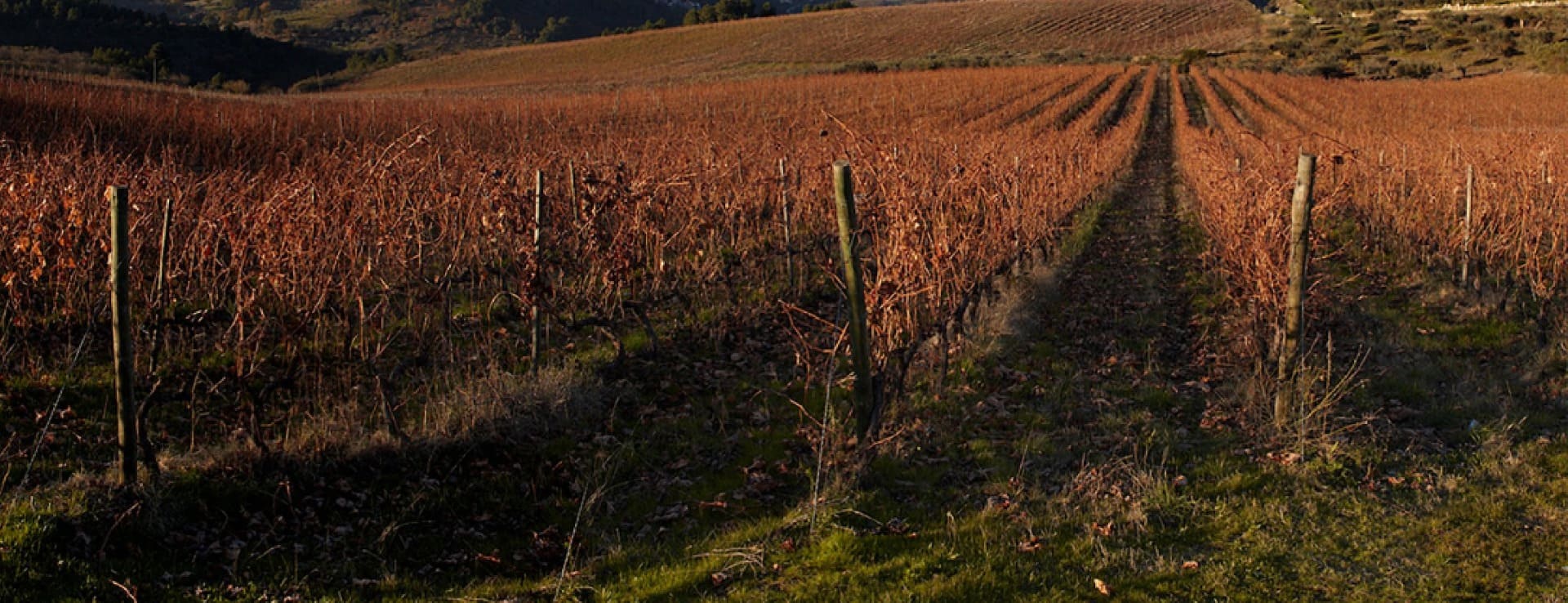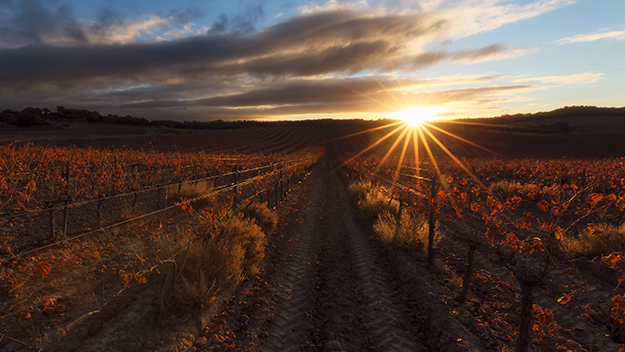Find your winery or vineyard
Infographic of the Denomination of Origin
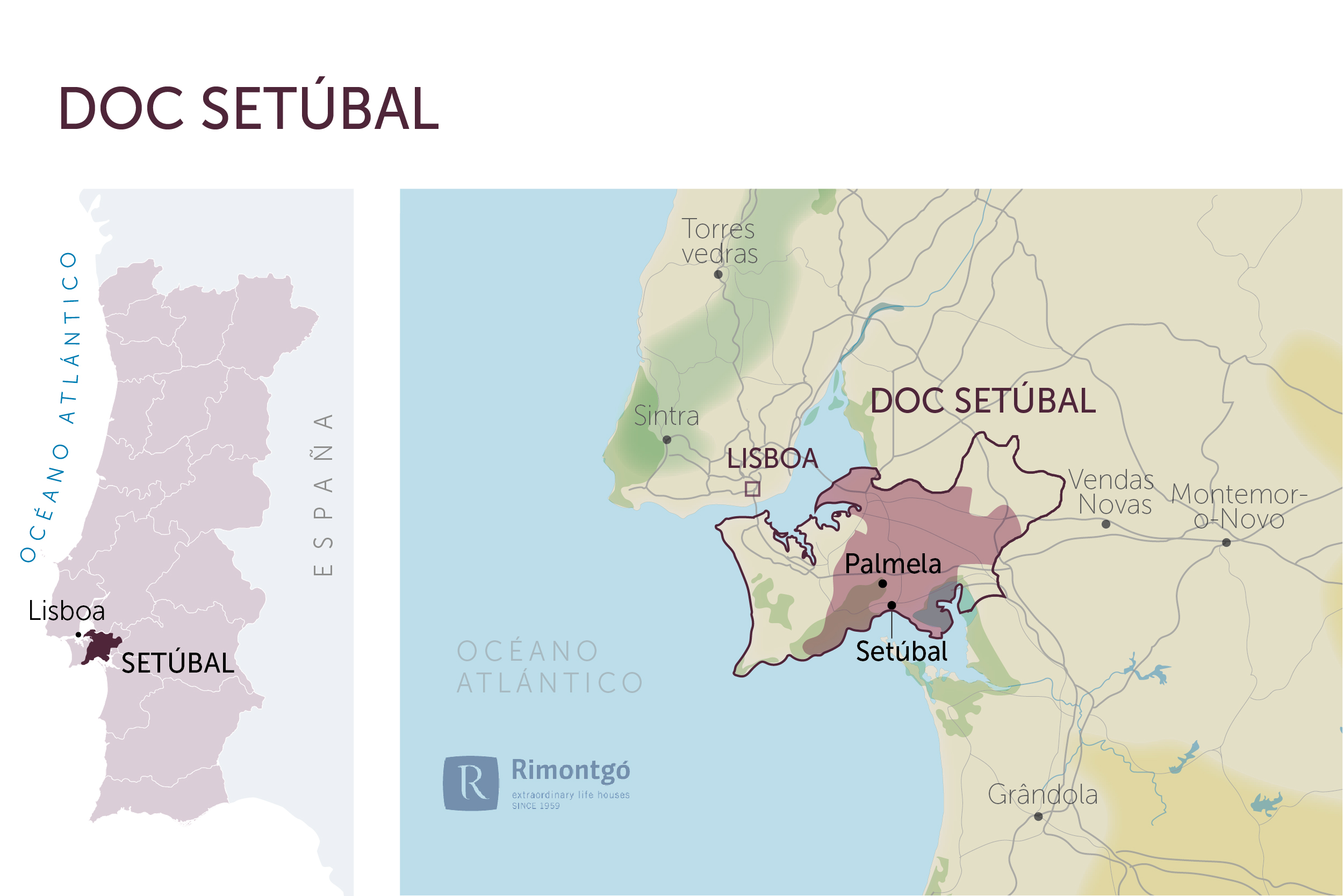
Change to imperial units (ft2, ac, °F)Change to international units (m2, h, °C)
Number of wineries (2017):
600
Total surface area:
7.000 ha17.297 ac
Maximum production allowed:
100.000 kg/ha89.214 lb/ac
Altitude of the vineyards:
Min: 50m
Max: 500m
Min: 164ft
Max: 1.641ft
Temperature:
Min: 4º
Max: 24º
Min: 39°F
Max: 75°F
Yearly rainfall:
85 l/m28 l/ft2
DOC Setúbal - DOC Palmela
LOCATION AND HISTORY
Among the immense variety of national fortified wines, Moscatel de Setúbal has a special place and a privileged history.
The region was founded in 1907 and covers the municipalities of Palmela and Setúbal.
The wines of the Setúbal Peninsula have a great historical tradition and many references throughout time. Since the Roman colonisation, in excavations made in the Setúbal Peninsula, mainly in Troia, amphorae used for the transport of wine have been found.
When in 1147 D. Afonso Henriques conquered the city of Lisbon from the Moors, the trade of wine, fruit and salt already played an important role at the time.
For several centuries, history illustrated well through its courts the importance that the vineyard had in the region with immense references to wine, from the royal interventions of D. Dinis in 1310 to D. Maria in 1806.
From the 14th century onwards, these wines were exported to England, but it was not until the 18th century, in 1797, that Setúbal wine was mentioned in the list of wines served at a banquet of knights of the Order of Malta, as well as being listed as one of the most expensive wines at an auction of bottled wines of the Duc d'Aiguillon. It was also one of the wines most appreciated by King Louis XIV who always had it in his palace at Versailles and perhaps, influenced by his sovereign, Voltaire drank it at his home in Geneva. King Humbert I of Italy served it in his cellar in 1968.
The tradition of this wine thus dates back several centuries. It began to be marketed from 1870 by José Maria da Fonseca, with three types of Muscat liqueur wine, "Roxo", "Superior" and "Colheita", the youngest being the youngest. He also introduced the Castelao grape also called Periquita because of the area where it was planted and the use of the name Pamela on the labels, which is why it is considered the origin of the DOCs of the area.
SOILS AND CLIMATE
The vineyards are located in two very different orographic areas: a mountainous area to the south and south-west and a flat area. The mountainous region is more rugged in the Arrábida, Rasca and S. Luis mountain ranges and less rugged on the northern slopes of the Palmela, S. Francisco and Azeitao mountains, cut by several valleys and hills of varying heights between 100 and 500 metres.
The flat area is a large plain, extending from the banks of Sado northwards towards Pinhal Novo, with an altitude of between 30 and 100 metres.
The climate of the region can be classified as mixed, subtropical and Mediterranean with medium thermal amplitudes, influenced by the proximity of the sea as well as the Tagus and Sado rivers.
This region is constituted by an extreme variety in the geological constitution. The area of greatest relief in the south belongs to the secondary period and the soils are clayey-calcareous. In the north of the region there is a vast Pliocene area of more or less poor sandy soils, covering about 75% of the total area of the region.
The region comprises the councils of Setúbal and Palmela, the vineyard occupied about 13.000 ha in the 80s, but nowadays it is down to 7.000 ha.
The name DOC Palmela is a DOC covering most of the peninsula while the name Setúbal is applied to fortified wines made from two varieties of Muscat. Most of the vineyards are concentrated in the flat, sandy part north of the Sado estuary.
The Setúbal DOC covers most of the peninsula, including the municipalities of Sesimbra, Palmela, Montijo and part of Alcochete and the council of Setúbal. The vineyard planted with Moscatel de Setúbal or Moscatel de Alejandría is 400 ha and 11 ha of a red muscatel called Moscatel Roxo.
GRAPE VARIETIES
The Palmela DOC has the same surface as Setúbal, it is the union of the Serra de Arrábida and Palmela areas so there are two distinct terroirs. The north exposed limestone slopes of Serra de Arrábida are good for white grapes (Arinto, Fernao Pires, Moscatel and Chardonnay) as well as Cabernet Sauvignon and Merlot together with Castelao. Castelao is the main variety and must account for 66.7% of the wine. Castelao grows very well in the sandy soils of the east of the region up to the area of Vendas Novas near Alentejo.
The liqueur wine made from Muscat grape varieties is a generous wine and is entitled to the Setúbal appellation. In addition to Moscatel de Setúbal, Moscatel Roxo and Moscatel del Duero, as well as the white grapes Tamarez, Arinto, Malvasia and Boal are allowed for its production. This fortified wine has an alcohol content of between 18 and 20º and a residual sugar of about 20 gr/l. An important producer is Bacalhôa but the main historical producer of Setúbal muscatel is the winery José Maria da Fonseca, in Azeitao, which is considered a true sanctuary of the wine. The wines are released after at least 3 to 5 years of ageing. It also has a Moscatel that is 20 years old and is called Alambre, which is the best wine of Setúbal.
Good red table wines are also produced, the regional caste for the production of red wines is the Periquita (Castelao) where this variety grows best in Portugal due to its climate and the sandy soils east of Palmela.
WINERIES
The Palmela cooperative is the most important producer of Castelo, but other important wineries such as Bacalhôa and José Maria Fonseca have stopped vinifying it. Syrah and Touriga Nacional also do well. The DOC allows the production of Rosé and sparkling wine. Other wineries are Adega de Pegoes, Casa Emelina Freitas, Pegos Claros, Herdade do Portocarro, Quinta do Piloto, Casa Horacio Simoes.
Discover more wineries and vineyards for sale in these wine regions in Portugal
Subscribe to our mailing list to receive news about wineries and vineyards.

